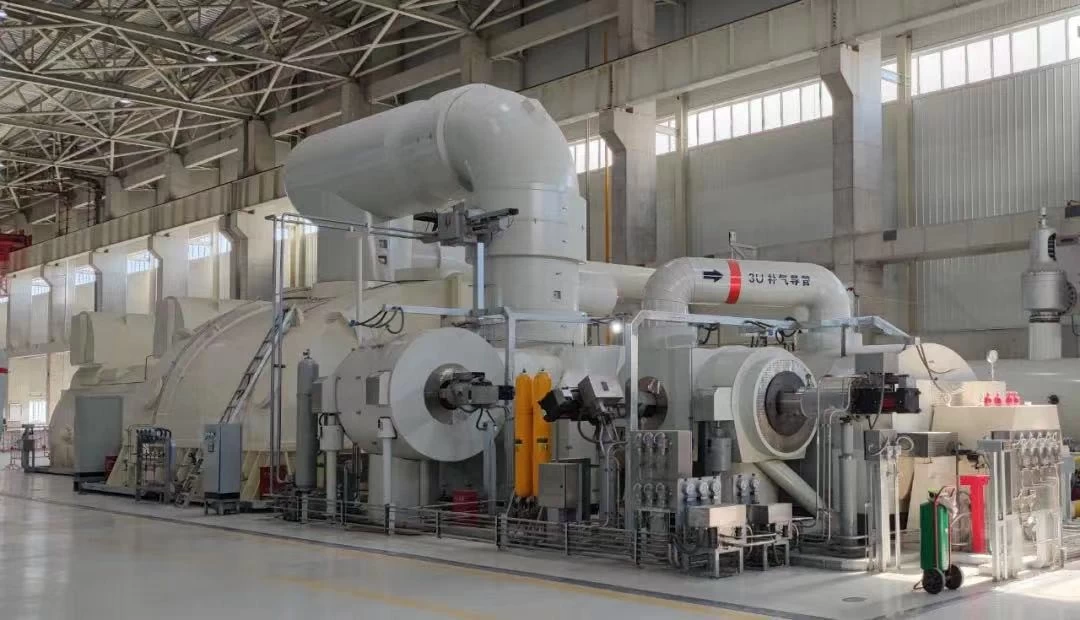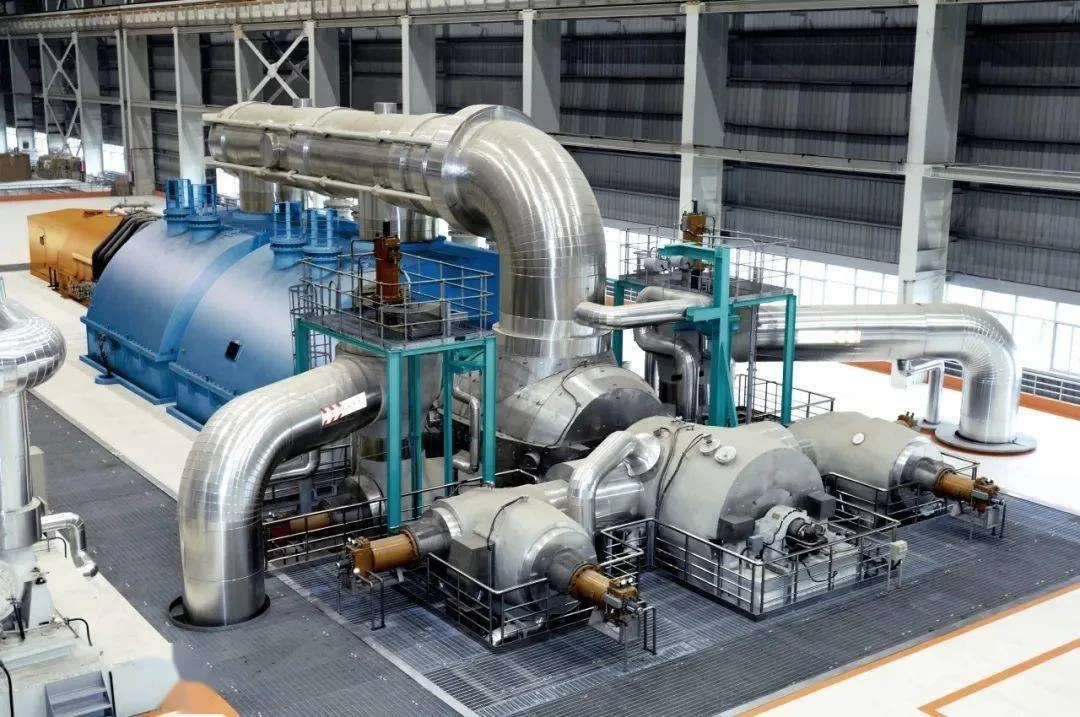The Relationship Between Turbine Shaft Vibration and Bearing Vibration
The Relationship Between Turbine Shaft Vibration and Bearing Vibration
In thermal power plants, the turbine and valves are closely related, with valves playing a critical role in controlling and protecting the turbine during operation. Pressure seal gate valve are also widely used in thermal and nuclear power plants.
Below is a brief introduction to the relationship between turbine shaft vibration and bearing vibration.

Shaft Vibration
Shaft vibration refers to the radial vibration of the turbine shaft. Currently, turbine shaft vibration is commonly measured using eddy current probes. The coil in the probe generates a high-frequency electromagnetic field when high-frequency current passes through it, inducing an eddy current on the surface of the rotor shaft journal. This induced current is converted into voltage, which changes with the distance between the shaft surface and the sensor. This allows the measurement of shaft vibration. Shaft vibration is typically expressed as displacement and measured in microns.
If the eddy current sensor is fixed to the bearing, it measures the relative vibration between the shaft and the bearing.
If the sensor is fixed to the foundation, the measured vibration can be approximated as the absolute vibration of the shaft.
Bearing Vibration
Bearing vibration, also referred to as journal vibration, is the vibration of the bearing housing. It is usually measured using contact-type velocity or acceleration sensors, which are directly fixed to the bearing cap or magnetically attached. For this reason, it is sometimes called shell vibration or cap vibration. The measurement is primarily taken in the vertical direction, followed by the horizontal direction, with axial vibration used as a reference.
The Relationship Between Shaft Vibration and Bearing Vibration
Turbine or generator rotors are supported by bearings, and the vibration of the shaft is inevitably transmitted to the bearings. Therefore, there is a correlation between the two, including amplitude, phase, and frequency.
Amplitude Relationship
The amplitude ratio between shaft vibration and bearing vibration is significantly influenced by the stiffness of the bearing housing. Typically:
For rigidly supported bearing housings (e.g., common pedestal bearings), the shaft vibration amplitude is approximately 3–6 times that of bearing vibration.
For systems with lower stiffness, this ratio decreases, and in some cases, bearing vibration can exceed shaft vibration (e.g., low-pressure rotor bearing housings of Dongfang 60 MW units with pedestal-bearing configurations).
Phase Relationship
Bearing vibration is usually expressed as velocity and leads the shaft vibration displacement by 90° in phase. When converting velocity to displacement, the phase angle needs to be adjusted by adding 90°.
If the vibration is caused by imbalance, the phase of the unbalanced mass has a fixed relationship with the shaft vibration phase, and a similar relationship exists with bearing vibration.
This correlation enables on-site dynamic balancing using bearing vibration measurements.
Frequency Relationship
Both shaft and bearing vibrations typically have nearly identical frequency components. The difference lies in the fact that converting velocity to displacement results in the loss of some high-frequency components.
For measuring vibrations of complex mechanical structures, such as rolling bearings, fan hubs, or pump impellers, velocity values are often used for fault analysis as they provide richer spectral information.
Practical Applications in Domestic Turbines
In domestic turbine-generator units, relative shaft vibration is commonly measured, reflecting the rotor’s vibration relative to its support or casing. A high shaft vibration indicates a large displacement of the rotor from its equilibrium position during one rotation.

Bearing vibration, as an absolute vibration, reflects the vibration of the bearing housing relative to the foundation. In modern turbine vibration monitoring, both shaft and bearing vibrations are essential:
If a rotor has minimal relative shaft vibration but significant bearing vibration, it implies that, relative to a moving coordinate system fixed to the casing, the displacement between the shaft and the support system is small, avoiding direct contact.
However, the dynamic stress on the rotor and the support system also depends on the vibration amplitude of the casing itself. High casing and support vibration inevitably result in high dynamic stress on the rotor and its components.
Therefore, any excessive shaft or bearing vibration is unacceptable in turbine operation.
 +86 512 68781993
+86 512 68781993 


















